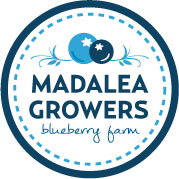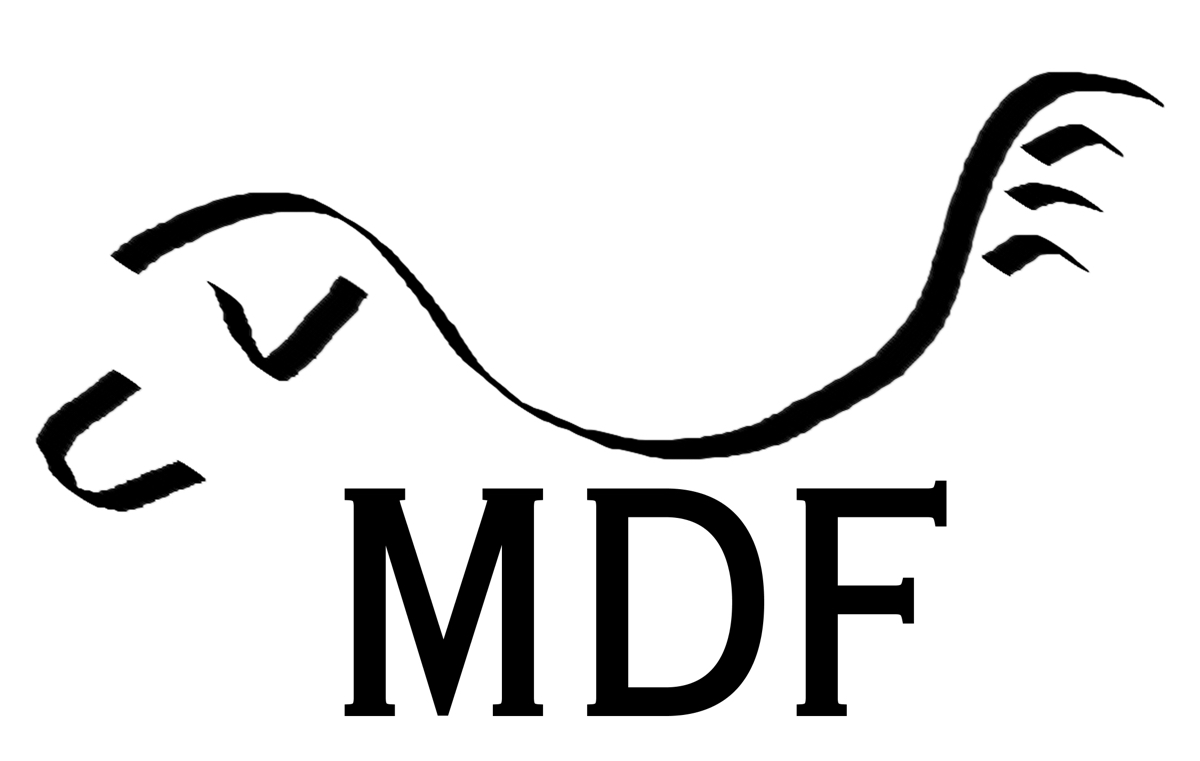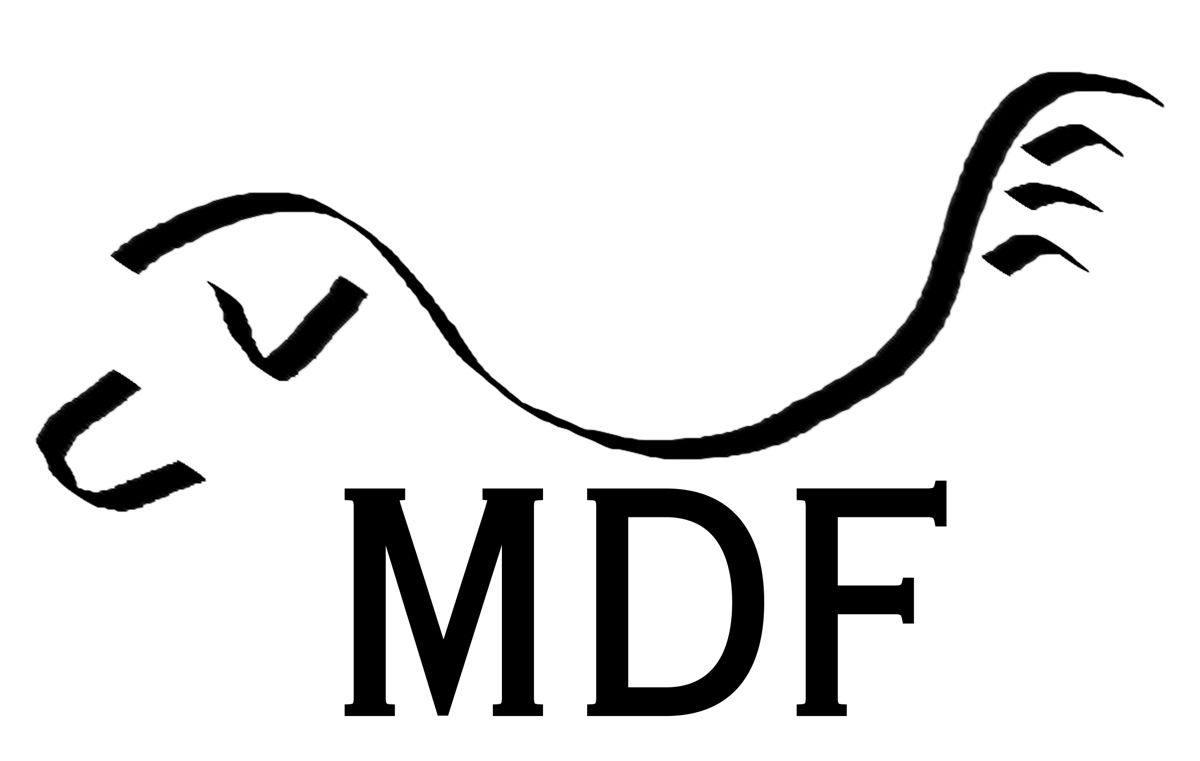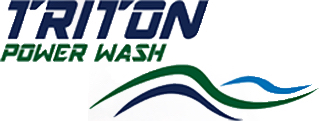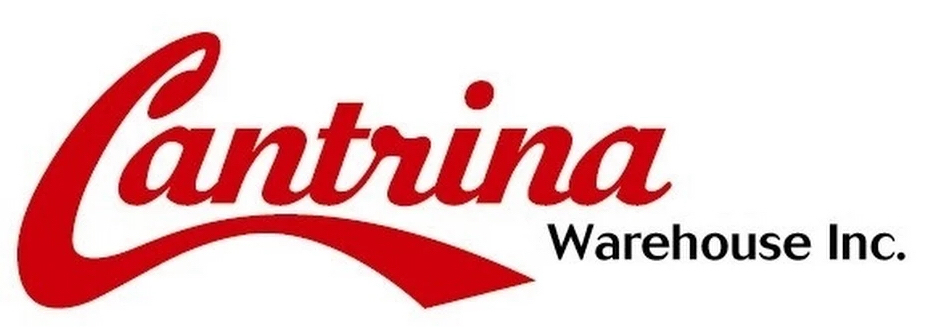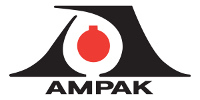Title Page
-
Madalea Growers Ltd.
233 Riverside Road
Mara, BC V0E 2K0
Storage Assessment
Storage Assessment
-
This Log is to be completed as follows...
GAP Requirement (Form B) & HACCPCanada Requirement - Prior to use at the beginning of each season for each storage area for harvested and market product.
Storage Area
-
Name & Signature of Person Completing This Portion of the Assessment.
-
Enter date.
-
Storage Area Name or ID Number.
-
Storage Area is secured/locked when unsupervised?
-
Lighting is shatterproof or covered?
-
Product is kept in proper conditions (on pallets, in bins, away from walls and ceilings, etc.)?
-
Product is stored away from leaky areas (roofs, pipes, condensation)?
-
Production site equipment and fertilizers are stored and repaired elswhere?
-
Agricultural chemicals are never stored in product storage areas?
-
Treated seed is stored per label directions in separate storage from product?
-
Oil/gas furnaces exhaust outside of storage areas?
-
Oil/fuel storage tanks & containers are stored elsewhere away from product so as to prevent contamination of product?
-
Storage area floor is clean, free of contaminants (oil, wood, plastic, glass, metal, garbage, chemicals, etc.) and in good condition?
-
Storage area Walls & ceilings are clean, free of contaminants (oil, wood, plastic, glass, metal, garbage, chemicals, etc.) and in good condition?
-
Storage area is NO SMOKING Zone?
-
Storage area is constructed so as to prohibit the entrance of rodents, vermin and pests?
-
Storage area is free of animals (wild and domestic) or evidence of animals (droppings) and other pests (birds, insects, rodents)?
-
All storage area windows either do not open or are suitably screened to prevent pest entry when open.
-
Storage area has a cleaning schedule and Cleaning Log?
Employee Hygiene & Food Handling Practices Policy
Personal Hygiene Policy Assessment - Production Area
-
Name & Signature of Person Completing this Portion of the Assessment.
-
Enter Date
-
This Evaluation is required to be completed as follows...
GAP requirement (Form C) & HACCPCanada Requirement - Policy Evaluation Annually
Employee Illness, Disease & Injury
-
Policy requires that persons able to transmit, suffering from, or exposed to a contagious disease and/or illness transferable to food (Hepatitis A, Salmonella, E. coli o157:H7, etc.) and those with a temporary illness (colds, flu, diarrhea and vomiting) are advised to seek medical attention. Work involvement is restricted away from food products until cleared by a physician.
-
Policy requires that open wounds be treated & covered with a waterproof covering (such as non-latex gloves.
Employee Biosecurity
-
Policy requires that employees be aware of their surroundings and the people they come into contact with, in and around the production area(s).
-
List traps if used.
-
Policy requires that employees are trained on the role and responsibility they play in preventing contamination of product. (Verify by Logging attendance in a Food Safety Course as approved by Canada Gap)
-
Policy requires employees inform supervisors of unknown visitors.
-
Policy requires that employees be trained in precautions they need to take when moving between production areas.
Employee Handwashing
-
Policy requires that hand are washed and dried: - beginning work each day. - before entering production area(s). - before putting on gloves. - after using the washrooms/restrooms. - after breaks and meals. - after smoking. - after body-part contact (coughing, sneezing, blowing nose, touching hair, etc.) - after applying sunscreen and insect repellant. - after handling any materials other than food products (fuel, oil, insecticides, etc.)
-
Policy requires that hands AND reusable gloves (except cloth) are washed using proper hand washing technique: 1) wet hands, lather and scrub for at least 30 seconds. 2) scrub under fingernails using a fingernail brush. 3) scrub knuckles and back of hands. 4) rinse. 5) dry using disposable paper towel or air dryer. 6) apply hand sanitizer.
-
Policy requires the use of hand wipes and hand sanitizers where potable water is unavailable for hand washing.
-
Policy requires that hand wipes and sanitizer be used by: - using hand wipes to facilitate soil/organic matter/juice removal - AND use of a waterless, antibacterial, alcohol-based sanitizer.
-
Policy states that "GLOVES ARE NOT TO WORN AS A SUBSTITUTE FOR HAND WASHING."
Production Practices
-
Policy requires employees be trained to use clean & sanitized containers for harvesting.
-
Policy requires employees are trained to visually inspect product during harvest for evidence of unusual animal or bird activity (excrement for example) and to discard contaminated product.
-
Policy requires employees be trained not to harvest product that has fallen on the ground (for tree and vine fruit only).
Employee Glove & Apron Use
-
Policy requires that gloves be made of rubber, nitrile, polyethylene, polyvinyl chloride (PVC), polyurethane or cloth. (Canvas/leather gloves may only be used for root & bulb vegetables.)
-
Policy requires that hands be washed and dried before gloves are put on and after gloves are removed.
-
Policy requires that aprons are made of rubber.
-
Policy requires that employees wear aprons when product is held against the upper body (to trim product for example).
-
Policy requires that gloves and aprons be disposed of and replaced when they become ripped or worn out.
-
Policy requires that reusable aprons and gloves be washed daily.
-
Policy requires that disposable gloves be removed and disposed of when leaving the work area and new gloves are used when returning.
-
Policy requires that If reusable gloves are used, they are removed and set aside for cleaning/laundering when leaving the work area and new, clean gloves are used when returning.
Other
-
Policy requires that employees know the difference between and how to handle major & minor food safety deviations.
-
Policy requires that employees...
-
Always use toilet facilities.
-
Always dispose of toilet paper in the toilet.
-
Never spit.
-
Only use designated areas for eating, drinking, gum chewing, and tobacco use (smoking, snuff, chewing tobacco, snuff).
-
Dispose of waste in designated containers/trash bins.
-
Use designated facilities for storing persinal belongings.
Personal Hygiene Policy Assessment - Packhouse/Product Storage
-
This Evaluation is required to be completed as follows...
GAP requirement (Form D) & HACCPCanada Requirement - Policy Evaluation Annually
Employee Illness, Disease & Injury
-
Policy requires that persons able to transmit, suffering from, or exposed to a contagious disease and/or illness transferable to food (Hepatitis A, Salmonella, E. coli o157:H7, etc.) and those with a temporary illness (colds, flu, diarrhea and vomiting) are advised to seek medical attention. Work involvement is restricted away from food products until cleared by a physician.
-
Policy requires that employees are trained on the role and responsibility they play in preventing contamination of product. (Verify by Logging attendance in a Food Safety Course as approved by Canada Gap)
-
Policy requires that open wounds be treated & covered with a waterproof covering (such as non-latex gloves.
Employee Cleanliness, Footwear & Hair
-
Policy requires that all employees observe a degree of personal cleanliness be maintained daily including clean uniforms/clothing, bathing, deodorant use etc.
-
Policy requires that footwear be clean, in good repair, and appropriate for the job.
-
Policy requires that all hair be restrained (using a hat or hairnet) and that facial hair also be restrained using a beardnet or similar product.
Employee Jewelry and Personal Effects
-
Policy prohibits wearing bracelets, necklaces, rings (other than wedding bands) and other jewelry in the packhouse(s) and product storage area(s).
-
Policy requires that rings worn be covered with disposable gloves.
-
Policy prohibits the use of false fingernails, false eyelashes, or other such effects.
-
Policy requires that items be removed from shirt pockets to avoid accidental contamination.
-
Policy requires that uniforms/clothing be in good repair (no loose buttons or items that could fall into product and cause contamination).
Employee Biosecurity
-
Policy requires that employees be aware of their surroundings and the people they come into contact with, in and around the production area(s).
-
Policy requires employees inform supervisors of unknown visitors.
-
Policy requires that employees be trained in precautions they need to take when moving between production areas.
Employee Handwashing
-
Policy requires that hand are washed and dried: - beginning work each day. - before entering production area(s). - before putting on gloves. - after using the washrooms/restrooms. - after breaks and meals. - after smoking. - after body-part contact (coughing, sneezing, blowing nose, touching hair, etc.) - after applying sunscreen and insect repellant. - after handling any materials other than food products (fuel, oil, insecticides, etc.)
-
Policy requires that hands AND reusable gloves (except cloth) are washed using proper hand washing technique: 1) wet hands, lather and scrub for at least 30 seconds. 2) scrub under fingernails using a fingernail brush. 3) scrub knuckles and back of hands. 4) rinse. 5) dry using disposable paper towel or air dryer. 6) apply hand sanitizer.
-
Policy requires the use of hand wipes and hand sanitizers where potable water is unavailable for hand washing.
-
Policy requires that hand wipes and sanitizer be used by: - using hand wipes to facilitate soil/organic matter/juice removal - AND use of a waterless, antibacterial, alcohol-based sanitizer.
-
Policy states that "GLOVES ARE NOT TO WORN AS A SUBSTITUTE FOR HAND WASHING."
Production Practices
-
Policy requires only authorized employees may handle market product.
-
Policy requires that only authorized employees may enter controlled-access areas.
Employee Glove & Apron Use
-
Policy requires that gloves be made of rubber, nitrile, polyethylene, polyvinyl chloride (PVC), polyurethane or cloth. (Canvas/leather gloves may only be used for root & bulb vegetables.)
-
Policy requires that hands be washed and dried before gloves are put on and after gloves are removed.
-
Policy requires that aprons are made of rubber.
-
Policy requires that employees wear aprons when product is held against the upper body (to trim product for example).
-
Policy requires that gloves and aprons be disposed of and replaced when they become ripped or worn out.
-
Policy requires that reusable aprons and gloves be washed daily.
-
Policy requires that disposable gloves be removed and disposed of when leaving the work area and new gloves are used when returning.
-
Policy requires that If reusable gloves are used, they are removed and set aside for cleaning/laundering when leaving the work area and new, clean gloves are used when returning.
Other
-
Policy requires that employees know the difference between and how to handle major & minor food safety deviations.
-
Policy requires that employees...
-
Always use toilet facilities.
-
Always dispose of toilet paper in the toilet.
-
Never spit.
-
Only use designated areas for eating, drinking, gum chewing, and tobacco use (smoking, snuff, chewing tobacco, snuff).
-
Dispose of waste in designated containers/trash bins.
-
Use designated facilities for storing persinal belongings.
Building Pest Control
Pest Control for Buildings
-
The Pest Control Evaluation must be completed for each building annually as required by Canada GAP (Form E) and HACCPCanada.
Building Pest Control
-
Name & Signature of Person Completing This Portion of the Assessment.
-
Enter date
-
Enter Name of person responsible for monitoring pest control.
-
Building ID or Location
Bird Control
-
Building Exterior - List deterrent employed (sound generators, fake owls, etc)
-
Building Interior - List deterrent employed (netting, door policy, etc.)
Rodent Control - Exterior
-
List chemicals if used. (Name, PCP #, Concentration)
-
List traps if used.
-
List any rodent baits used.
-
List other methods employed if any.
Rodent Control - Interior
-
List traps if used.
-
List other methods employed if any.
Insect Control - Exterior
-
List chemicals if used. (Name, PCP #, Concentration)
-
List traps if used.
-
List any rodent baits used.
-
List other methods employed if any.
Insect Control - Interior
-
List chemicals if used. (Name, PCP #, Concentration)
-
List traps if used.
-
List other methods employed if any.
Other Pest Control
-
List other pests and control method.
Water Assessment
Water Quality Assessment
-
Water quality is required to tested annually by Canada GAP & HACCPCanada for each water source.
Water Quality Assessment
-
Location of water source.
-
Enter date sample is submitted.
-
Photo or attach lab results.
Allergen Information Assessment
Allergen Information Assessment
-
Canada GAP (Form S) & HACCPCanada Requires this assessment be completed annually prior to harvest. All allergens listed are those identified by Health Canada and are enforced for labeling by the Canadian Food Inspection Agency (CFIA).
NOTE: All answers must be "yes" or "no". -
Name & Signature of Person Completing This Portion of the Assessment
-
Enter Date.
Production Site
-
Production Site/Building ID #/Name
-
Peanut or its derivatives (peanut pieces, protien, oil, butter, flour, and mandelona nuts, etc.). Peanut may also be known as "ground nut".
-
Is it present from a production practice?
-
Is it present in the production site?
-
Is it present in the product?
-
Is it present in other products handled on the same line/area?
-
Is it present in the same building/vehicle?
-
Tree Nuts - almonds, Brazil nuts, cashews, hazelnuts (filberts), macadamia nuts, pecans, pine nuts (pinyon, pinon), pistachios and walnuts - and their derivatives (nut butters, oils, etc.).
-
Is it present from a production practice?
-
Is it present in the production site?
-
Is it present in the product?
-
Is it present in other products handled on the same line/area?
-
Is it present in the same building/vehicle?
-
Sesame or its derivatives (paste, oil, etc.).
-
Is it present from a production practice?
-
Is it present in the production site?
-
Is it present in the product?
-
Is it present in other products handled on the same line/area?
-
Is it present in the same building/vehicle?
-
Milk or its derivatives (milk caseinate, whey, whey powder, yogurt powder, etc.).
-
Is it present from a production practice?
-
Is it present in the production site?
-
Is it present in the product?
-
Is it present in other products handled on the same line/area?
-
Is it present in the same building/vehicle?
-
Eggs or its derivatives (frozen yolks, egg white powder, egg protein isolates, etc.).
-
Is it present from a production practice?
-
Is it present in the production site?
-
Is it present in the product?
-
Is it present in other products handled on the same line/area?
-
Is it present in the same building/vehicle?
-
Fish or its derivatives (fish protein, fish extracts, etc.).
-
Is it present from a production practice?
-
Is it present in the production site?
-
Is it present in the product?
-
Is it present in other products handled on the same line/area?
-
Is it present in the same building/vehicle?
-
Shellfish (including crab, crayfish, lobster, prawn, shrimp, etc.).
Mulluscs (including snails, clams, mussels, oysters, cockle, scallops, etc.).
Or their derivatives (extracts, juices, oils, etc.). -
Is it present from a production practice?
-
Is it present in the production site?
-
Is it present in the product?
-
Is it present in other products handled on the same line/area?
-
Is it present in the same building/vehicle?
-
Soybeans or its derivatives (lecithin, oil, tofu, protein isolates, etc.).
-
Is it present from a production practice?
-
Is it present in the production site?
-
Is it present in the product?
-
Is it present in other products handled on the same line/area?
-
Is it present in the same building/vehicle?
-
Cereals containing gluten and their derivatives
-
Specify which Cereal - wheat, rye, barley, oats, spelt, kamut or their hybridised strains.
-
Is it present from a production practice?
-
Is it present in the production site?
-
Is it present in the product?
-
Is it present in other products handled on the same line/area?
-
Is it present in the same building/vehicle?
-
Sulfites - sulphur dioxide, sodium metabisulfites, etc.
-
Is it present from a production practice?
-
Specify the amount in ppm.
-
Is it present in the production site?
-
Specify the amount in ppm.
-
Is it present in the product?
-
Specify the amount in ppm.
-
Is it present in other products handled on the same line/area?
-
Specify the amount in ppm.
-
Is it present in the same building/vehicle?
-
Specify the amount in ppm.
-
Mustard and products thereof.
-
Is it present from a production practice?
-
Is it present in the production site?
-
Is it present in the product?
-
Is it present in other products handled on the same line/area?
-
Is it present in the same building/vehicle?
-
Others (as considered necessary for the customer).
-
Is it present from a production practice?
-
Is it present in the production site?
-
Is it present in the product?
-
Is it present in other products handled on the same line/area?
-
Is it present in the same building/vehicle?
Food Defense
Food Defense
-
Name & Signature of Person Completing This Portion of the Assessment.
-
Enter Date
-
Food Defense is assessed annually for Canada Gap (Form T) and HACCPCanada requirement.
Outside Security Assessment
-
Lighting is necessary and sufficient to monitor the establishment at night and early morning.
-
Perimeter access is protected/monitored.
-
Emergency exits protected by self-locking doors and/or alarms.
-
Doors, windows, roof openings/hatches, storage tanks, etc. are secured when not in use.
-
Security Inspections on grounds and storage areas are conducted and documented regularly.
-
Outdoor access to water wells/sources is restricted.
-
Loading and unloading of vehicles is closely monitored.
-
Loading dock access is controlled by a Receiving Clerk in order to prevent access by unverified/unauthorized deliveries.
-
Field parking areas separate from storage/packhouse parking areas.
-
All deliveries are scheduled. Unscheduled deliveries are held in separate quarantine area until delivery is verified.
-
Delivery drivers and attending personnel are required to show photo identification.
Inside Security Risk Assessment
-
Suspicious packages are reported to supervisors.
-
Controlled access areas are clearly identified.
-
Unattended materials are checked prior to use.
-
Visibility is sufficient (possible corrective actions - improve lighting, reduce clutter, increase supervision add security cameras).
-
Controls for high impact systems are restricted to key personnel (HVAC, propane, natural gas, water, disinfection systems, etc.)
-
Access to packaged product is restricted.
-
Storage areas access is controlled.
-
Received materials are logged and inventoried as used.
-
Labels and packaging materials are controlled to prevent theft & misues.
-
Storage areas are examined regularly for evidence of material tampering.
-
Access to potable water storage tanks and water reuse systems are restricted.
-
Access to ice-making equipment is controlled.
-
Suppliers are required to provide information regarding food safety/security.
-
Water lines are inspected regularly for signs of tampering.
-
System in place for direct notification of municipal water system failure by local health officials (primary contact).
-
Agricultural Chemicals are stored in a controlled access area and secured by a lock.
-
Cleaning and maintenance materials are stored and secured properly.
-
Agricultural Chemicals and Cleaning and Maintenance materials are inventoried. Discrepancies are recorded and investigated immediately.
-
Potentially Hazardous Waste (biological and chemical) is controlled and disposed of properly.
-
Food Defense/Security procedures are kept confidential.
-
Facility layout or blueprints controlled but quickly available for emergency services (Law Enforcement, Fire Department, Medical Services, etc.).
-
Access to computer systems is protected by firewalls and passwords. Passwords are changed regularly.
Personnel Security Risk Assessment
-
Employees and visitors are quickly recognizable as such (name badges or some such ID system).
-
Employees and visitors understand restrictions for what is brought in and taken out of facilities.
-
Employee Records are maintained.
-
A Visitor Log is maintained.
-
Employees are trained on security measures and to report suspicious activities to supervisors.
Threat/Incident Reaponse Assessment
-
Procedures are established for responding to threats/incidents.
-
Evacuation Plan established.
-
Segregation procedure in place for contaminated products.
-
Customer/consumer comments investigated and filed.
-
Recall program established.
-
Emergency Contact information kept up to date and posted.
Confirmations
-
Signatures indicate recognition and approval of this assessment of Food Safety Policies.
-
Name & Signature of Owner/Operations Manager
-
Enter Date
-
Name & Signature of Quality Control/HACCP Coordinator
-
Enter Date
